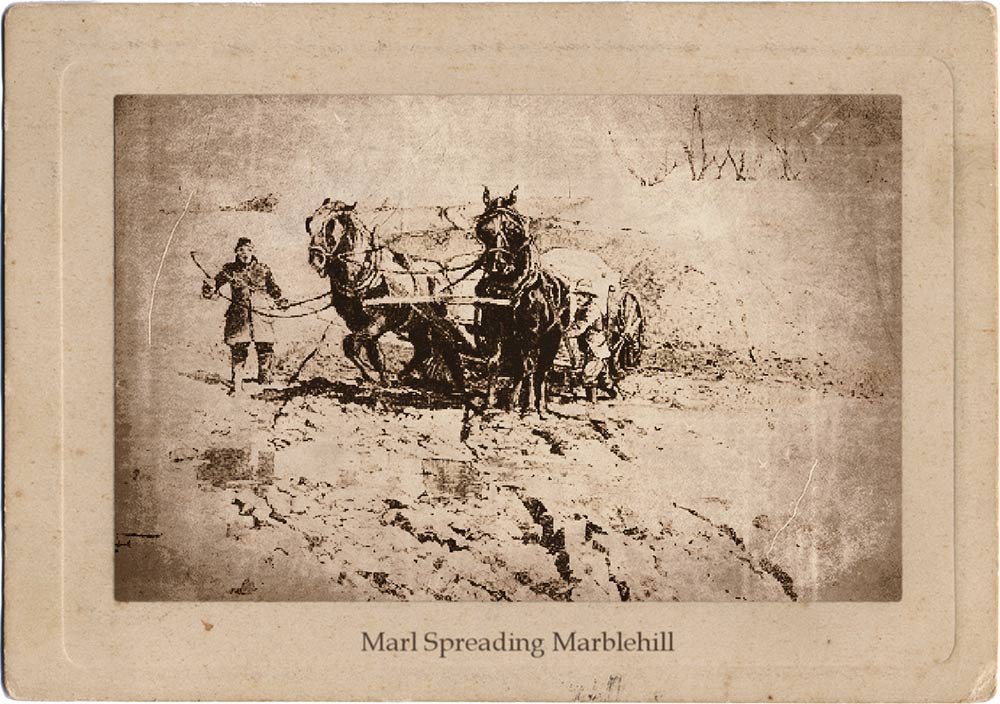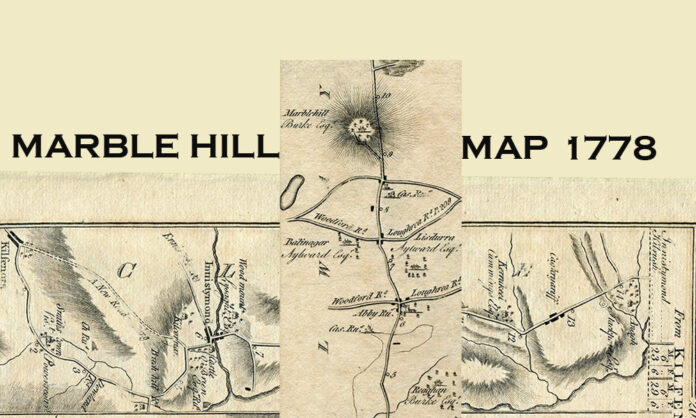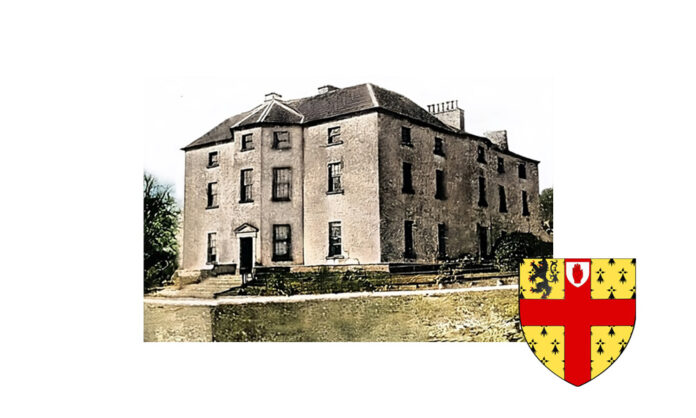The Muck of Success and Agriculture
Imagine a bleak panorama stretching outwards from Marblehill, Sir Thomas Burke’s grand estate in 18th-century Galway. The land, once vibrant, had grown tired, its yields dwindling. Yet, Sir Thomas, a man of unwavering determination and a keen eye for innovation, wasn’t one to accept defeat. He devised an ambitious plan to breathe new life into his weary acres, and his secret weapon wasn’t some exotic fertilizer from a distant land – it was a humble substance readily available at his doorstep: marl.
Unveiling the Power of Marl: A Natural Wonder
Marl is a gift from the earth, a naturally occurring deposit of clay, calcium carbonate (lime), and sometimes sand. Often nestled within the beds of freshwater lakes or bogs, marl has been a farmer’s secret weapon for centuries. Its power lies in its ability to transform the very foundation of agriculture – the soil. Acidic soil, a common problem in many regions, can hinder plant growth. Marl, with its alkaline properties, acts as a natural antacid, neutralizing the soil’s acidity and creating a more hospitable environment for crops to flourish. But Marl’s benefits don’t stop there. The calcium content within it acts as a natural fertilizer, providing essential nutrients that plants crave to thrive.
From Riverbed to Revival: The Marl Odyssey
Obtaining this wonder worker wasn’t a walk in the park (or, perhaps more accurately, a stroll by the river). Extracting marl from the depths of the mighty River Shannon, a reasonable distance from Marblehill, was a gruelling task. Backbreaking labour defined the lives of those involved. Under a relentless Irish sky, with calloused hands and aching muscles, teams of dedicated labourers, likely consisting of Sir Thomas’ own tenants alongside hired help, would have used long poles equipped with baskets or nets to dredge the riverbed, scooping up the precious marl. Transportation also presented a logistical hurdle. Horses pulling carts would have been the chosen mode of transport, a slow and arduous journey to haul the heavy marl to the designated fields.

A Backbreaking Bonanza: The Rewards of Marling
Spreading marl across the vast expanse of Marblehill’s lands was another test of human endurance. It necessitated a significant workforce, likely consisting of both hired labourers and Sir Thomas’ own tenants. The work was relentless, demanding immense physical effort under the ever-watchful gaze of the Irish weather. But the rewards for this backbreaking labour were substantial. Once scattered and incorporated into the soil, marl began its magic. The previously acidic soil, hostile to many crops, was transformed. It became a haven for growth, brimming with the essential elements plants needed to reach their full potential. The result? A visible transformation – once barren fields were reborn, their fertility restored, promising a future of bountiful harvests.
Sir Thomas Burke’s vision and perseverance proved to be a recipe for success. The backbreaking work of marling his land wasn’t just about improving his own agricultural endeavours; it likely had an impact on the lives of his tenants as well. With increased crop yields, there came greater food security and potentially even a rise in income for those who toiled the land.
A Legacy Beyond the Muck: A Testament to Resourcefulness
Sir Thomas Burke’s innovative use of marl to revitalize his estates serves as a powerful testament to his willingness to embrace unconventional solutions. In a time when agricultural practices were often steeped in tradition, his story underscores the value of seeking out new methods to address age-old challenges. This episode offers a fascinating glimpse into the resourcefulness and agricultural practices of 18th-century Ireland, a time marked by hard work, toil, and the unwavering spirit of the Irish labourer. While modern farming techniques and fertilizers may have replaced the backbreaking labour of marling, Sir Thomas Burke’s dedication to progress and his commitment to the prosperity of the land continue to resonate today.
So, the next time you marvel at a field, remember – beneath the surface, there might lie a hidden story. A story of sweat, determination, and the vision of a remarkable landowner who dared to look beyond the ordinary and embrace the power of muck!






